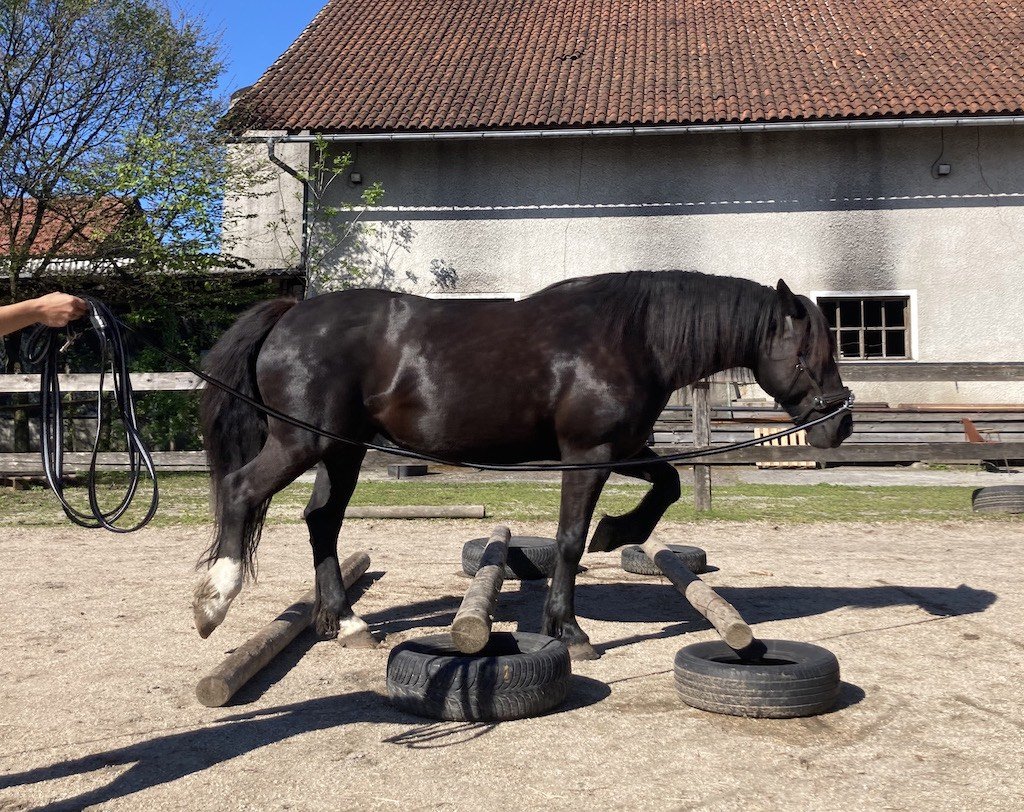When addressing the body, address the feet too!
The feet impact the body and the body impacts the feet. When dealing with dysfunction, it is crucial to address both.
It's never just tight hamstrings
Tight hamstrings is a very common issue in horses, but simply treating the tightness might do more harm than good.
Want to try some bodywork with your horse? Here's how!
If you are curious to try some bodywork moves on your horse, but are unsure how to approach it, here are some basic guidelines to help you on your way.
Big movement is not a blessing, it's a disability
Most modern sports horses are hypermobile, meaning that their joints have an excessive range of motion. While big movement might seem impressive, it can cause a lot of issues down the road.
Vikings and temple dancers
In terms of connective tissue properties, horses can be either temple dancers or vikings. Knowing what type of horse you are dealing with, can help you make better training decisions.
Why cavaletti in walk is pure gold
Working over cavaletti can be very beneficial or very harmful, depending on how it’s done. Using the cavaletti in walk can be a wonderful exercise for horses in re-training.
Hunter's bump – restoring functionality
We talked a little bit about what a hunter's bump is and how it occurs. In this post I want to delve a bit more into the practical aspect of dealing with this issue.
Should I be worried if my horse has a hunter's bump?
Hunter's bumps are a relatively common sight in horses, especially in big warmbloods. Most horse owners know what a hunter's bump looks like, but not many know where it comes from.
Try this move for the neck fascia.
Tightness in the neck is very common in horses and it is often caused by restrictions in the fascis. Here is a simple move you can try to loosen up your horse's neck.
Assessing the thoracic sling.
The thoracic sling is crucial to the horse’s ability to carry the rider, so we need to make sure it is functioning properly. Here are some signs of thoracic sling dysfunction to look out for.
Is your horse at risk for injury?
Injuries rarely happen “out of nowhere”. They are usually a consequence of long-term myofascial dysfunction. Here are some clues that your horse might be headed towards an injury.
Talking to the nervous system
A simple exercise you can do with your horse to release some front-end tension and address the nervous system.
The underlying issues
With musculo-skeletal issues, we tend to focus on the dorsal aspect of the horse's body. But very often, the real cause of the problem is hidden underneath.












